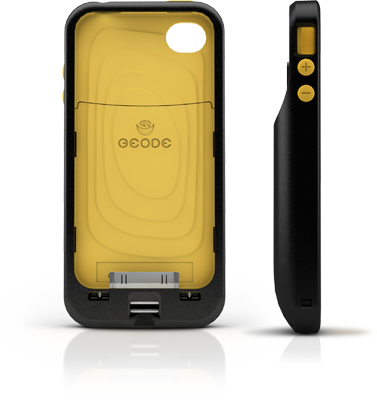Tip 1: Enable Background Data Restriction
Restricting background data stops apps from working when not connected to Wi-Fi. It essentially turns off auto-syncing with apps like Gmail and Facebook, meaning you won't get notifications from such apps unless the app is being used at the moment or you're connected to a Wi-Fi network. For example, you won't see a new Gmail message unless you open and refresh your Gmail app. However, phone calls and messages will still go through regardless of Wi-Fi status. To access Background Data Restriction, go to Settings > Data Usage > More > Turn on Restrict background data. Once turned on, a warning triangle (see screen capture) will appear in the notifications bar. This might get irritating especially when you consistently have the notification showing on the lock screen and notifications bar, so press and hold the notification to hide it where you prefer not to see it.
Tip 2: Turn off Google Location History
Google Location History collects your location data to improve your search results and create more useful ads. To turn off this feature, go to Settings > Privacy and Safety > Location > Google Location History. You can also clear your previous history from the Google Location History page.
Tip 3: Disable Bloatware and Completely Uninstall Apps
Android phones often come with a lot of bloatware, so disable those you don't need to limit the number of processes running in the background. Also note that when you uninstall an app, it does not get fully removed from your system. To completely remove the app from your system, go to Play Store > My apps and games > All and click the "x" next to the apps you've uninstalled.
Tip 4: Disable Intrinsic App Requests
Apps often come with settings that allow you to limit data usage or access to information. YouTube has a "Limit mobile data usage" option which allows HD streaming only when connected to Wi-Fi. Facebook allows you to permit auto-play only over Wi-Fi. Messenger allows you to disable chat heads (another screen overlay). Many apps also allow you to pause data collection such as Google Location History (Tip 2) and YouTube. Small changes like these can add up to reduce your battery consumption by fetching less data automatically.































